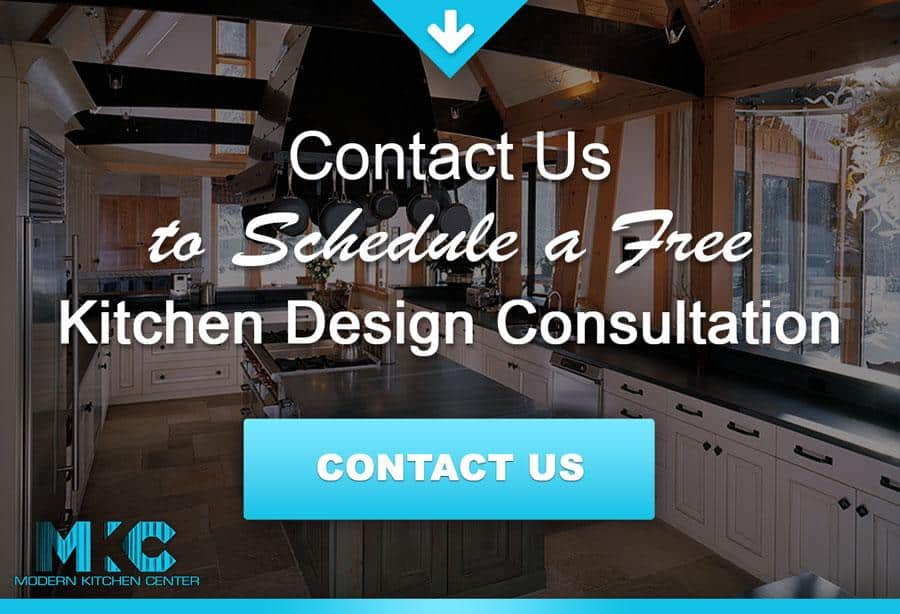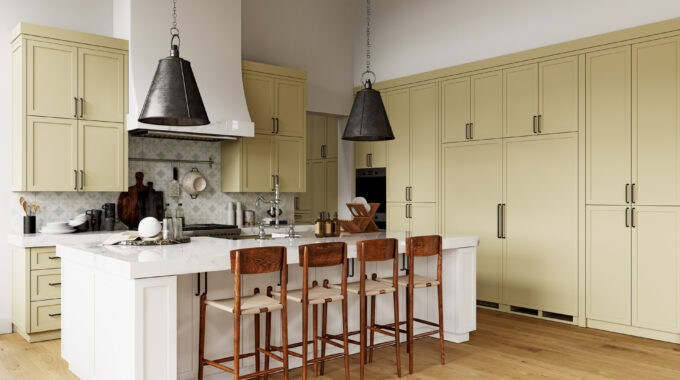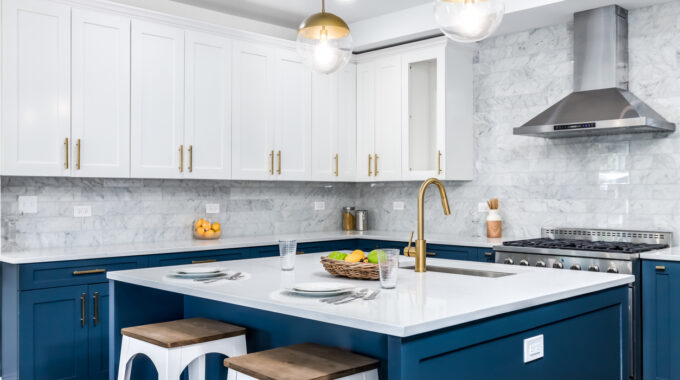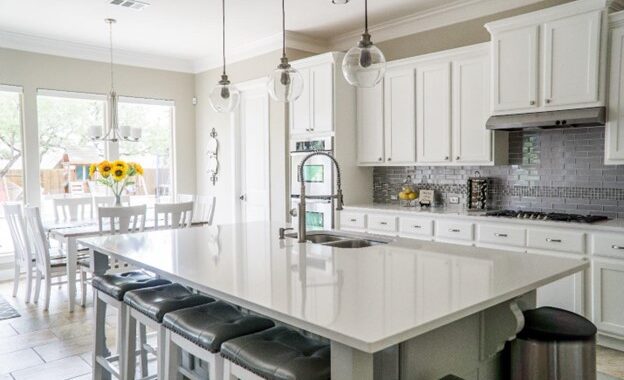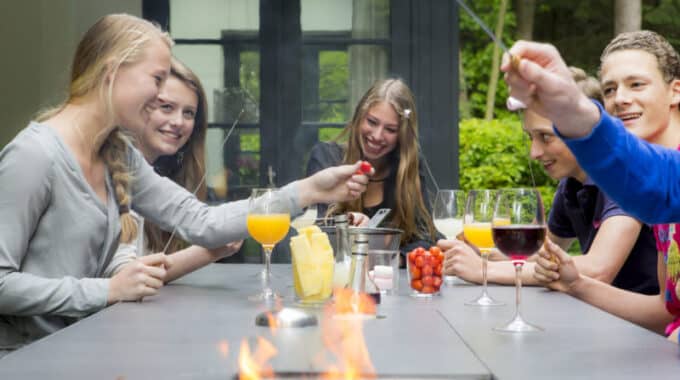
Planning An Outdoor Kitchen – What Not To Include
An outdoor kitchen is an excellent investment in the value of your home. In addition, it can be the center of family gatherings in the warmer months.
With the plethora of ideas found online, it can feel overwhelming when making choices for this space. Making certain mistakes can be crucial to the wallet, the overall appearance of your area, as well as safety.
Let’s take a look at important elements to avoid when planning your outdoor kitchen:
Flammable Materials
Cooking on the grill or on an outdoor stove can become hazardous. Oil fires are always a concern when cooking, so it’s better to be safe than sorry when constructing the cooking area of your outdoor space.
Materials such as brick or stone are much safer than wood, which can easily catch fire and burn very quickly.
Improper Ventilation
When proper ventilation is included in the cooking system, it can prevent fumes and smoke from being removed from the air.
Inhalation can be dangerous, so appropriate ventilation is a must. Take this factor into consideration when designing your space.
Indoor Fabric
Cushions and pillow covers should be made of outdoor fabric. The elements, such as rain and direct sun will destroy fabric that isn’t intended for outdoor use.
There are numerous trendy patterns of outdoor fabric on the market that can give you the look you desire.
Be sure to take care with this treated fabric as well. Even though it is stronger than regular fabric, try to prevent it from sitting in the direct sun for long periods of time. Doing so, will dry out the fibers faster and may also fade the color.
Non-Outdoor Rated Appliances
The appliances that you choose for your outdoor kitchen must be specifically rated for outdoor use. If an indoor appliance is used outdoors, it will likely void any warranty.
The elements will damage an indoor appliance. You will have wasted money that could go towards appliances that can withstand the extreme conditions.
Connected Cooling And Cooking Units
The last thing you want to do is have inadequate cooling for the food in your refrigerator. When placing the grill or stove next to or on top of a refrigerator unit, you are asking for trouble. Not only that, you may also be asking for food poisoning.
To keep your food at the correct, safe temperature, be sure you allow plenty of space between the extreme temperatures. Plan your layout accordingly.
Limited Counter Space
The lack of counter space is a big mistake when designing any kitchen. If you plan on prepping your meals outside, you will need an area to do so.
Take into consideration where the plates will be stacked prior to serving. Where will the dirty dishes or pans be placed? Where will spices, seasonings and side dishes be placed? These are all things to plan for before finalizing your kitchen design.
Limited Seating
You will want to comfortably accommodate your family and friends in your new outdoor kitchen. Choose a seating area that will fit the number of guests that you plan to include on a regular basis.
Make sure that there is enough elbow room at the table for everyone to gather. You may even consider incorporating more than one table for seating if you plan on a large number of guests.
Conclusion
If done correctly, an outdoor kitchen can be a place to build many new memories that will last a lifetime. You will have a safe and attractive space, built with quality materials, resulting in longevity of your investment.
If you are interested in incorporating a kitchen area in your backyard, consult with a professional designer. They will be able to accommodate your budget and style to create the outdoor space of your dreams.
For further reading, check out: How To Revamp The Heart Of Your Home On A Budget and Take Your Kitchen From Ordinary To Extraordinary.
Image: Flickr




